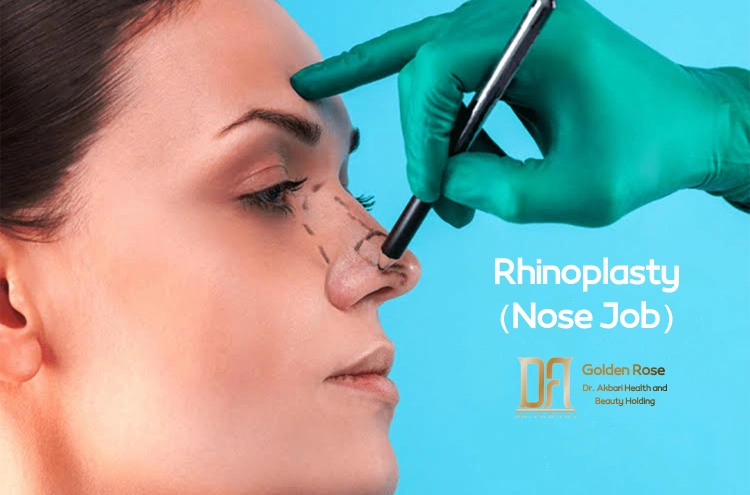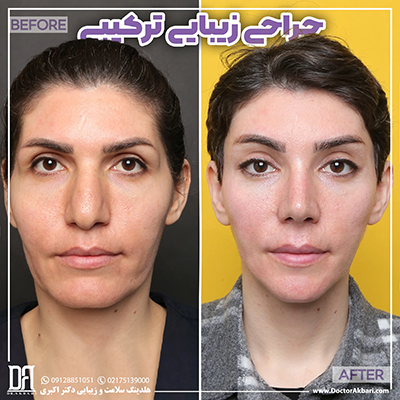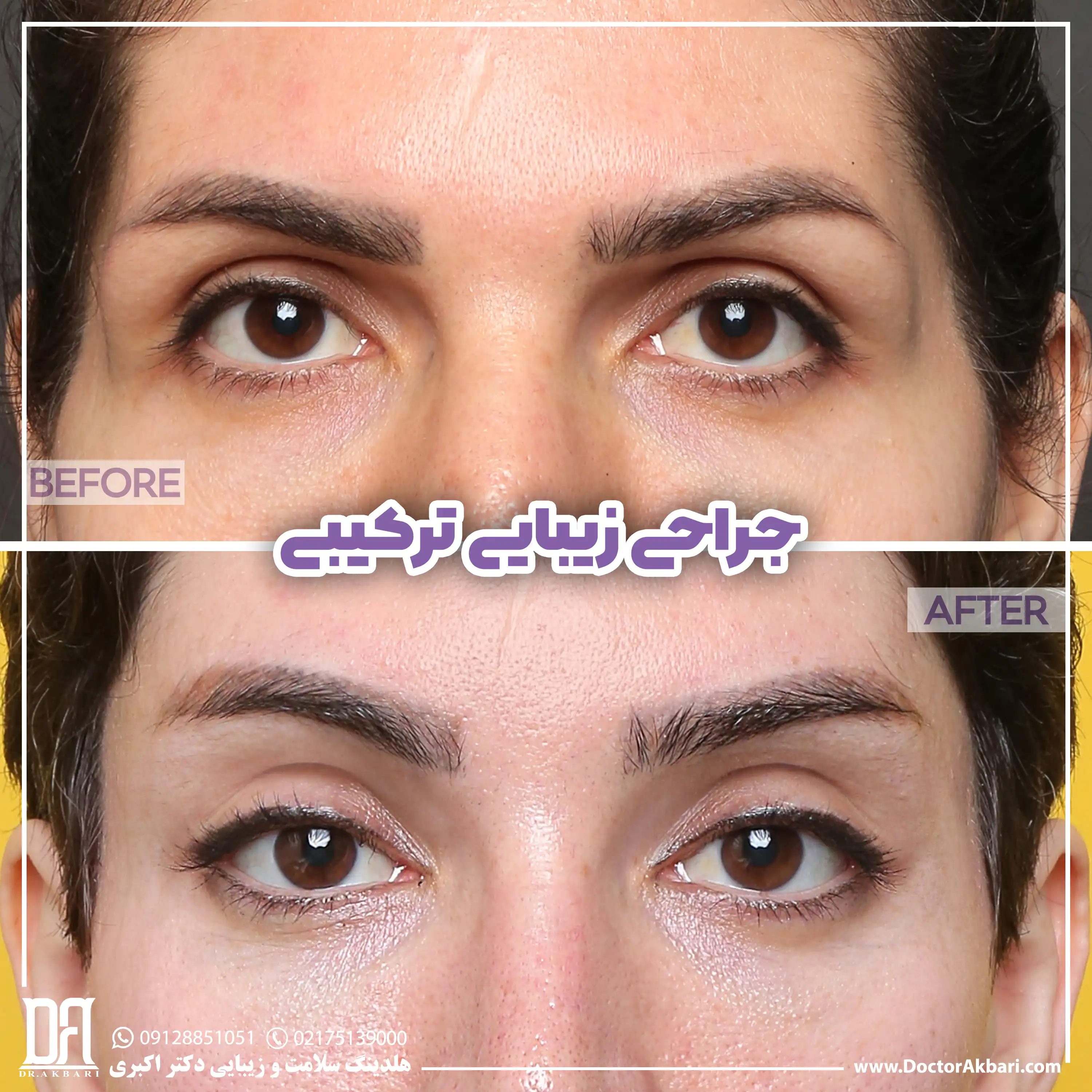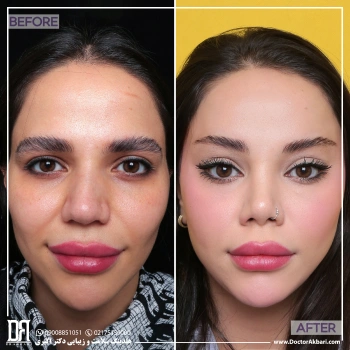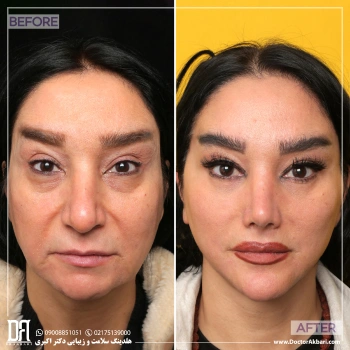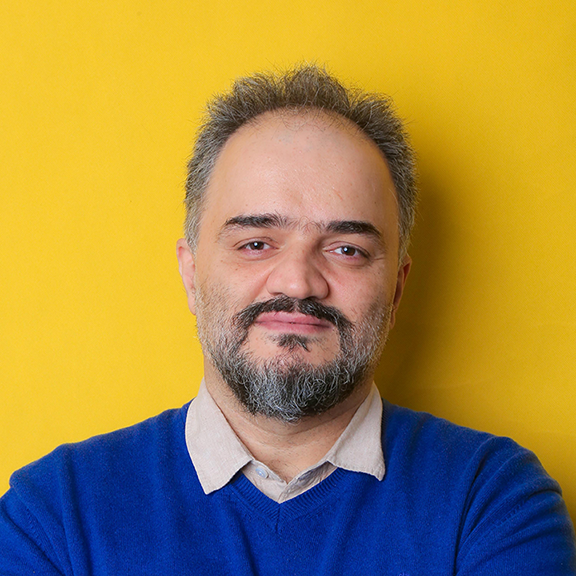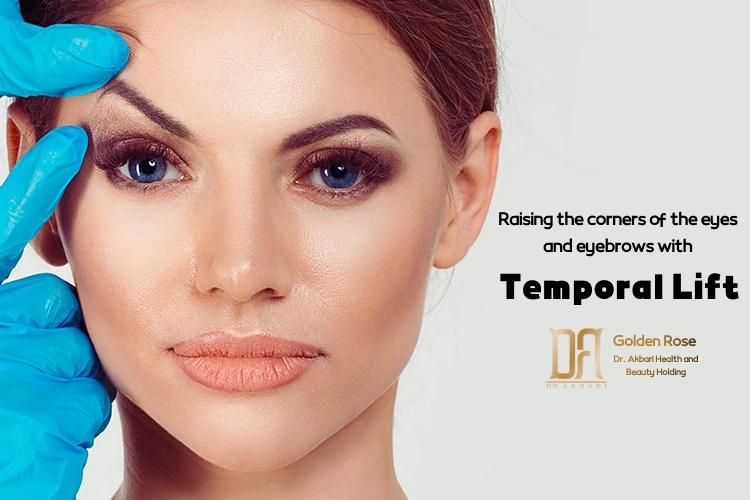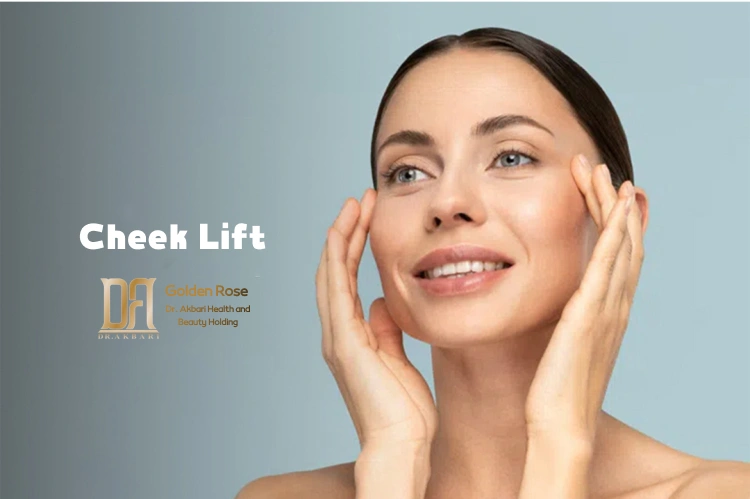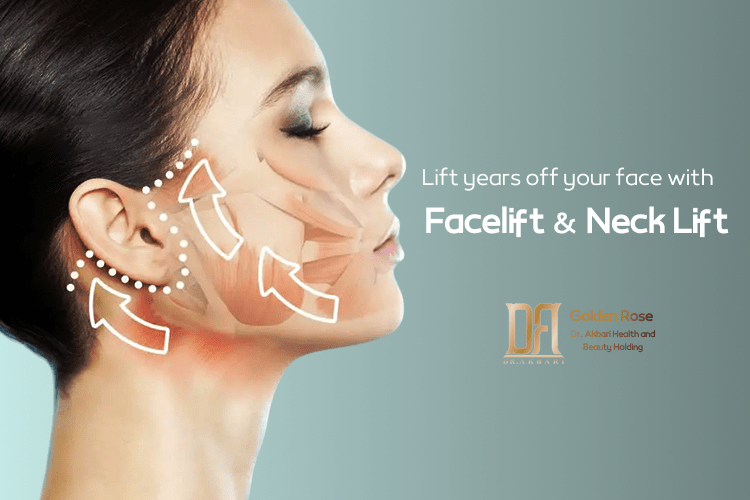What Is Rhinoplasty?
Rhinoplasty, often referred to as a nose job, is a type of cosmetic surgery aimed at improving the appearance of the nose or addressing functional issues such as a deviated septum, enlarged turbinates, or nasal breathing difficulties.
Aesthetic and Functional Goals of Rhinoplasty
Rhinoplasty can be performed for both aesthetic and functional reasons, including:
-
Reducing or increasing the size of the nose
-
Correcting nasal humps or bony protrusions
-
Lifting or refining the nasal tip
-
Modifying the size of the nostrils
-
Adjusting the angle between the nose and upper lip
-
Enhancing facial symmetry
-
Improving nasal airflow and resolving breathing problems
Who Is an Ideal Candidate for Rhinoplasty?
The ideal candidates for rhinoplasty are healthy individuals with realistic expectations about the results. The primary requirements include:
-
Being at least 18 years old with fully developed facial bones
-
No uncontrolled chronic conditions such as diabetes or high blood pressure
-
Non-smokers or willing to quit during recovery
-
Dissatisfaction with the appearance of the nose or breathing difficulties
Rhinoplasty Surgical Techniques
Rhinoplasty can be performed using one of two main methods:
1. Closed Rhinoplasty
In this technique, all incisions are made inside the nostrils, leaving no visible scars. This method is ideal for minor changes and patients who don’t require extensive nasal modification.
2. Open Rhinoplasty
Involves both internal incisions and a small incision on the columella (the tissue between the nostrils), providing the surgeon with better visibility and access. Open rhinoplasty is typically used for major changes or complex reconstructions.
The Rhinoplasty Procedure
-
Anesthesia: Either general anesthesia or local anesthesia with sedation is administered, depending on the patient's needs.
-
Incisions: Incisions are made according to the selected technique—open or closed.
-
Nose Reshaping: The surgeon removes bone, reshapes cartilage, and may add grafts from the septum, ear, or rib (if necessary).
-
Septoplasty (if required): If the septum is deviated, it is corrected during the procedure.
-
Closure: Incisions are sutured, and a nasal splint is placed for support.
Post-Operative Care and Recovery Tips
Following rhinoplasty, it’s crucial to follow the aftercare instructions to ensure optimal healing and minimize complications:
First 7–14 Days:
-
Keep your head elevated while sleeping (using two pillows)
-
Avoid physical activity or intense exercise
-
Do not blow your nose; use prescribed saline solution if needed
-
Avoid bending or lifting heavy objects
-
Take prescribed medications as instructed
First 3 Weeks:
-
Avoid wearing eyeglasses on the nose (unless supported on the cheeks)
-
Limit facial expressions: avoid heavy chewing, laughing, and talking
-
Refrain from smoking, alcohol, and high caffeine intake
-
Avoid direct sun exposure; use high-SPF sunscreen when necessary
Possible Risks and Side Effects
While rhinoplasty is generally safe, like any surgery, it comes with potential risks, such as:
| Complication | Description |
|---|---|
| Bruising & Swelling | Common around the eyes and nose, lasting 7–14 days |
| Mild Bleeding | May last for 2–3 days post-surgery |
| Breathing Difficulties | Temporary swelling may cause issues for 1–3 months |
| Numbness | Common around the nasal tip, temporary and improves over time |
| Infection or Scarring | Rare, but may occur if aftercare isn’t followed properly |
When to Expect Final Results?
-
Initial swelling usually improves within 2–3 weeks
-
The final shape of the nose may take 6 to 12 months to fully settle
-
In rare cases, a secondary rhinoplasty might be required for refinements
Rhinoplasty Cost
Rhinoplasty costs can vary depending on several factors:
-
The experience and reputation of the surgeon
-
Type of nose (bone or cartilage type)
-
Surgical method (open or closed)
-
Need for functional improvements or cartilage grafting
-
Post-operative care and recovery
For an accurate estimate, a consultation with the surgeon is required.
Why Choose Dr. Akbari’s Aesthetic Clinic?
Dr. Akbari’s Clinic provides rhinoplasty services in both Iran and Turkey, offering patients access to high-quality care with internationally recognized plastic surgeons. Our clinics utilize state-of-the-art equipment and follow strict hygiene and safety standards to ensure the best results for each patient.
📞 Free Consultation
Contact us today for a free consultation and to schedule your visit at either our Iran or Turkey clinic. Fill out the online form or call us to learn more.



